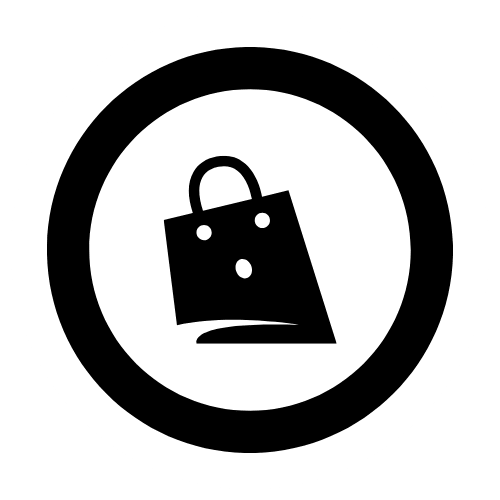How to Create an Effective Abandoned Cart Strategy
Published by David Mugalla on October 11, 2025
3 min read

Abandoned carts are one of the biggest challenges in e commerce. Customers often add products to their cart but never complete the checkout process. The good news is that with the right strategy, you can recover many of these lost sales and boost your revenue. Here’s how to create an effective abandoned cart strategy in 2025.
1. Understand Why Carts Are Abandoned
Before fixing the problem, you need to understand it. The most common reasons customers abandon their carts include:
-
Unexpected shipping costs
-
Complicated checkout process
-
Lack of trust or payment options
-
Distractions or hesitation
-
Technical issues or slow website
Conduct surveys, use analytics, and monitor user behavior to identify the exact pain points in your checkout process.
2. Simplify the Checkout Process
Make it as easy as possible for customers to complete their purchase. Reduce the number of steps required and eliminate unnecessary form fields. Offer guest checkout options and clearly display shipping costs upfront.
3. Use Abandoned Cart Emails and WhatsApp Messages
Follow up with customers who leave items in their cart. Send a friendly reminder via email or WhatsApp within a few hours of abandonment. Include the product image, price, and a direct link back to the cart. Adding a small discount or free shipping incentive can also encourage conversions.
4. Personalize Your Recovery Messages
Generic reminders don’t perform as well as personalized ones. Use the customer’s name, mention specific items they left behind, and include related product recommendations to spark interest.
5. Leverage WhatsApp for Instant Reengagement
WhatsApp has become one of the most effective channels for cart recovery in 2025. Tools like Blobcart enable businesses to automatically send abandoned cart reminders, payment links, and delivery updates directly through WhatsApp. This real time communication boosts recovery rates by providing instant, conversational customer support.
6. Add Urgency and Social Proof
Encourage faster action by adding urgency, like limited stock alerts or countdown timers. Including customer reviews or ratings for the abandoned product can also build trust and push hesitant buyers to complete their purchase.
7. Retarget on Social Media
Use Meta Ads and Google remarketing campaigns to remind customers about their abandoned items as they browse other platforms. Retargeting keeps your brand top of mind and increases the likelihood of return visits.
8. Optimize for Mobile
A large portion of abandoned carts occur on mobile devices. Ensure your checkout flow is fully optimized for mobile—fast loading times, easy navigation, and mobile friendly payment methods are key.
9. Track and Analyze Recovery Metrics
Monitor your recovery rate, click through rates, and conversion percentages from follow up campaigns. Use these insights to refine your messaging and timing for maximum impact.
10. Automate the Process
Automation tools make it easier to send reminders, segment customers, and deliver targeted incentives. Platforms like Blobcart and Klaviyo help streamline these workflows, ensuring no opportunity is missed.
An effective abandoned cart strategy combines personalization, automation, and smart communication. By using tools like Blobcart and focusing on delivering a seamless shopping experience, businesses can recover lost sales and strengthen customer loyalty. Every abandoned cart is a second chance, make sure your strategy turns it into a sale.

Blobcart
Your e-commerce partner

Blobcart links to your Whatsapp so that you can simplify ordering and turn conversations to sales.
Get started